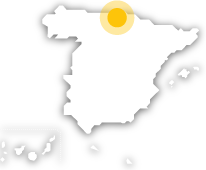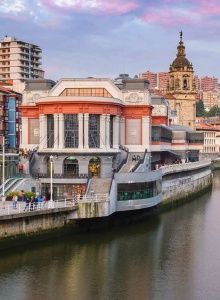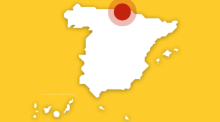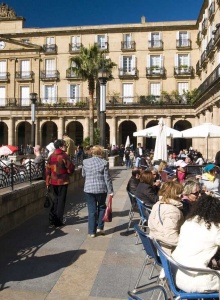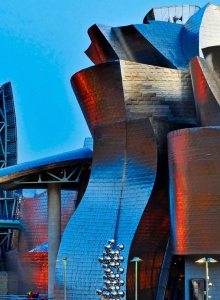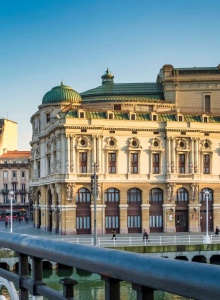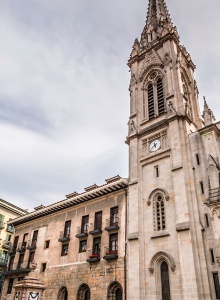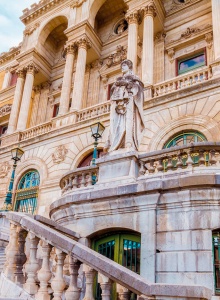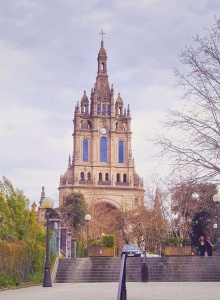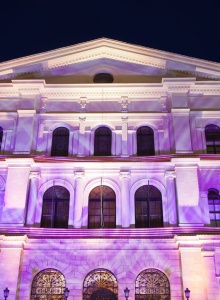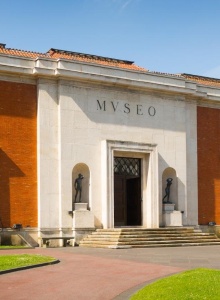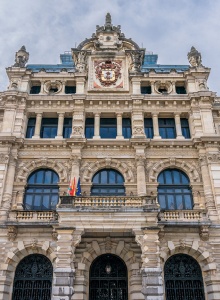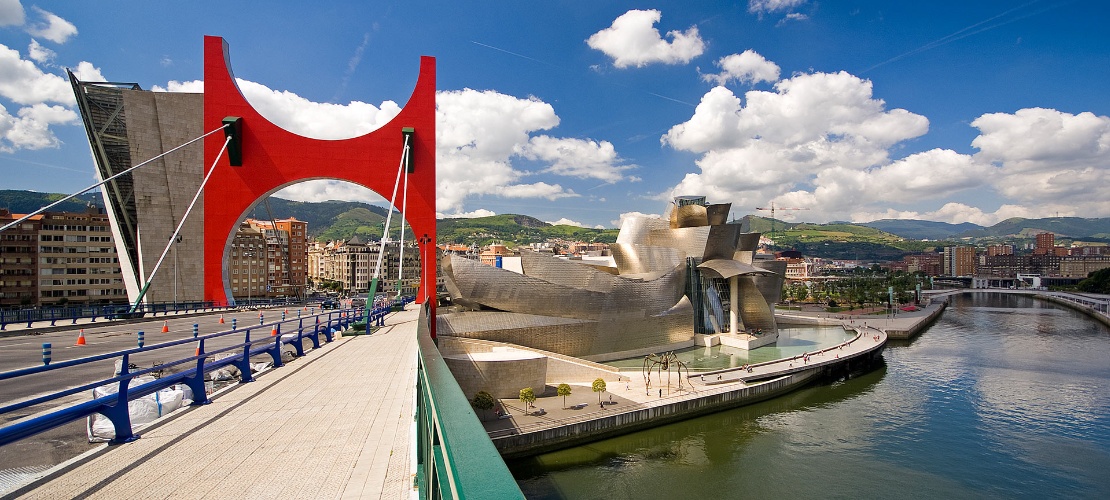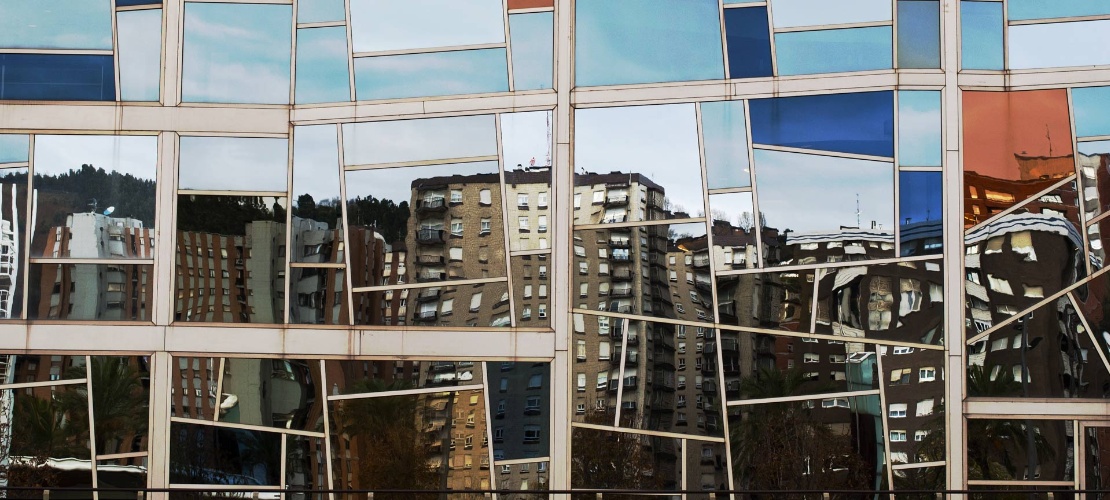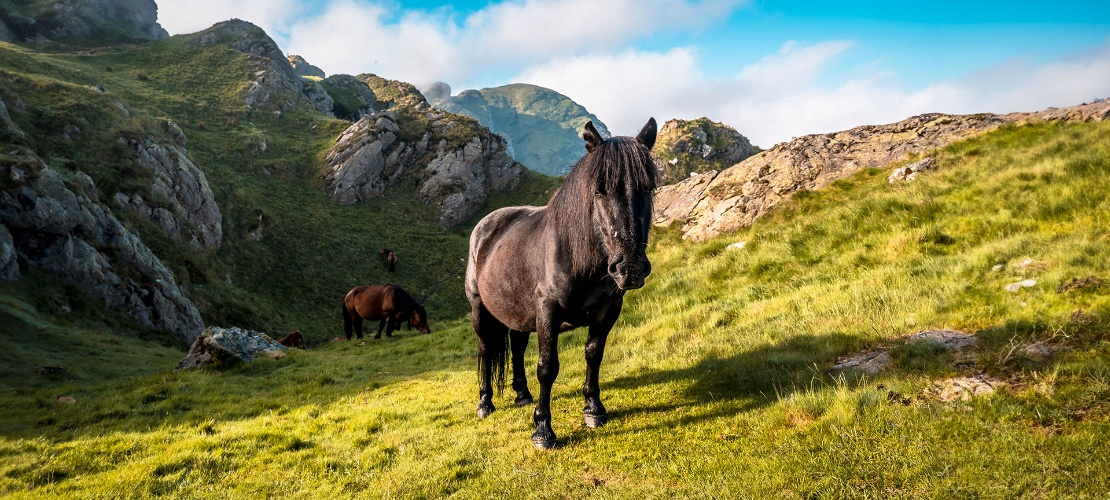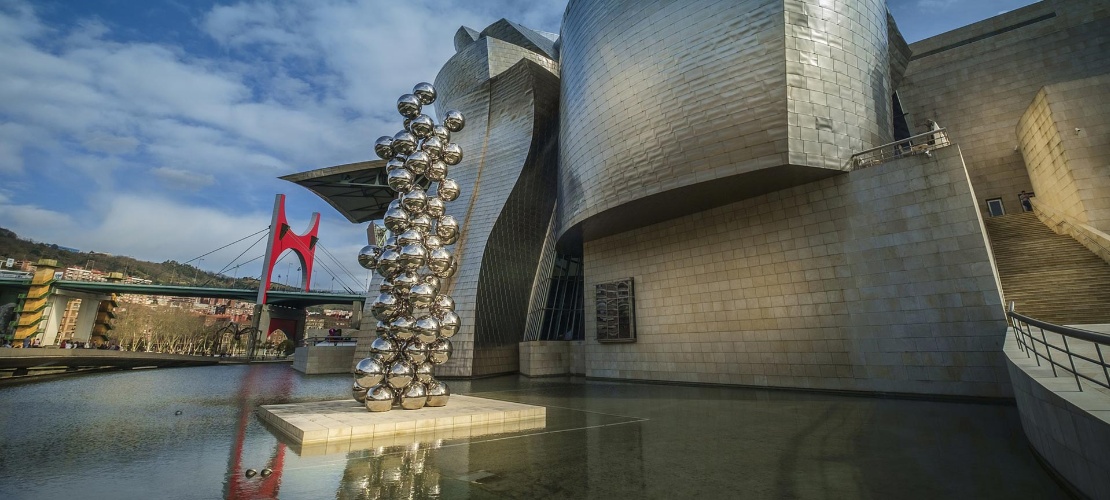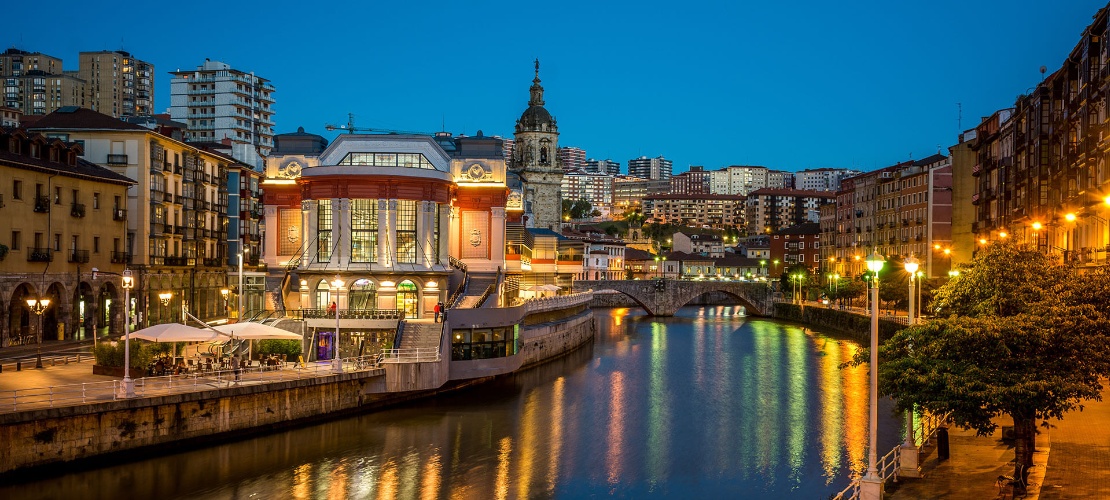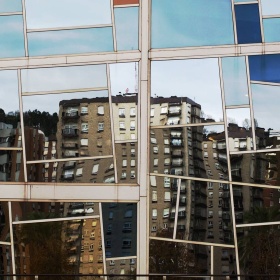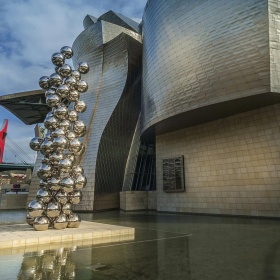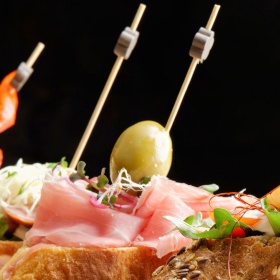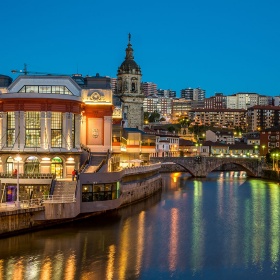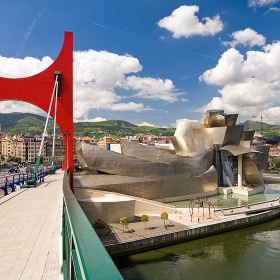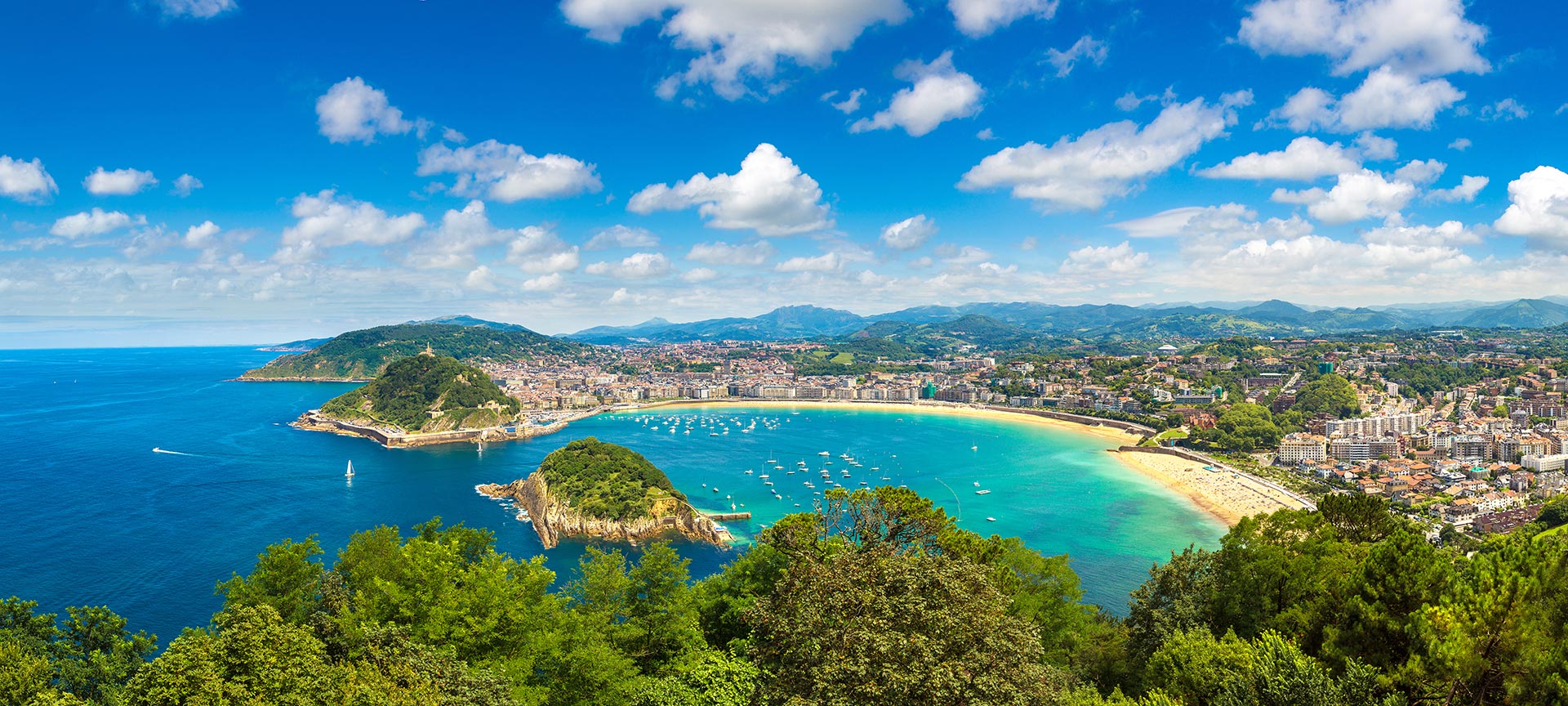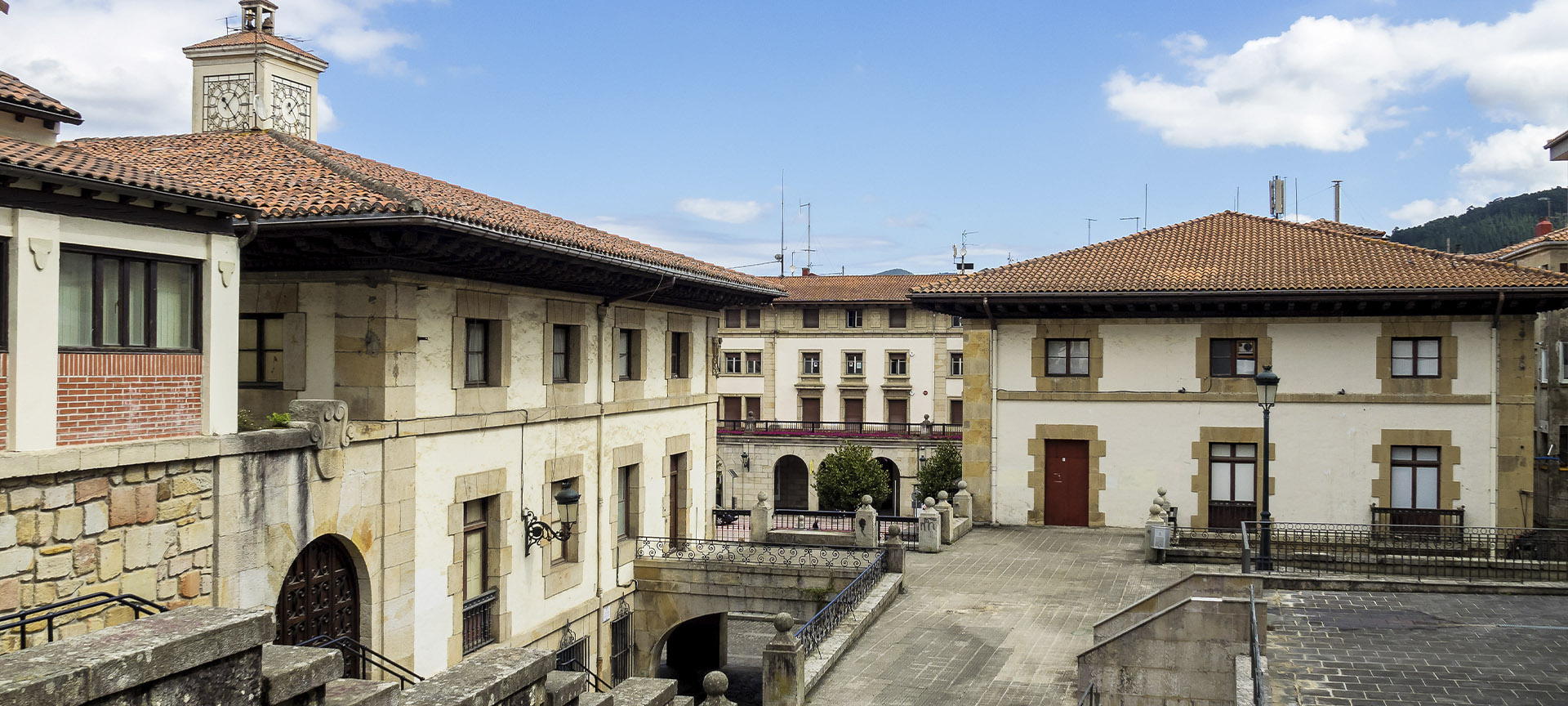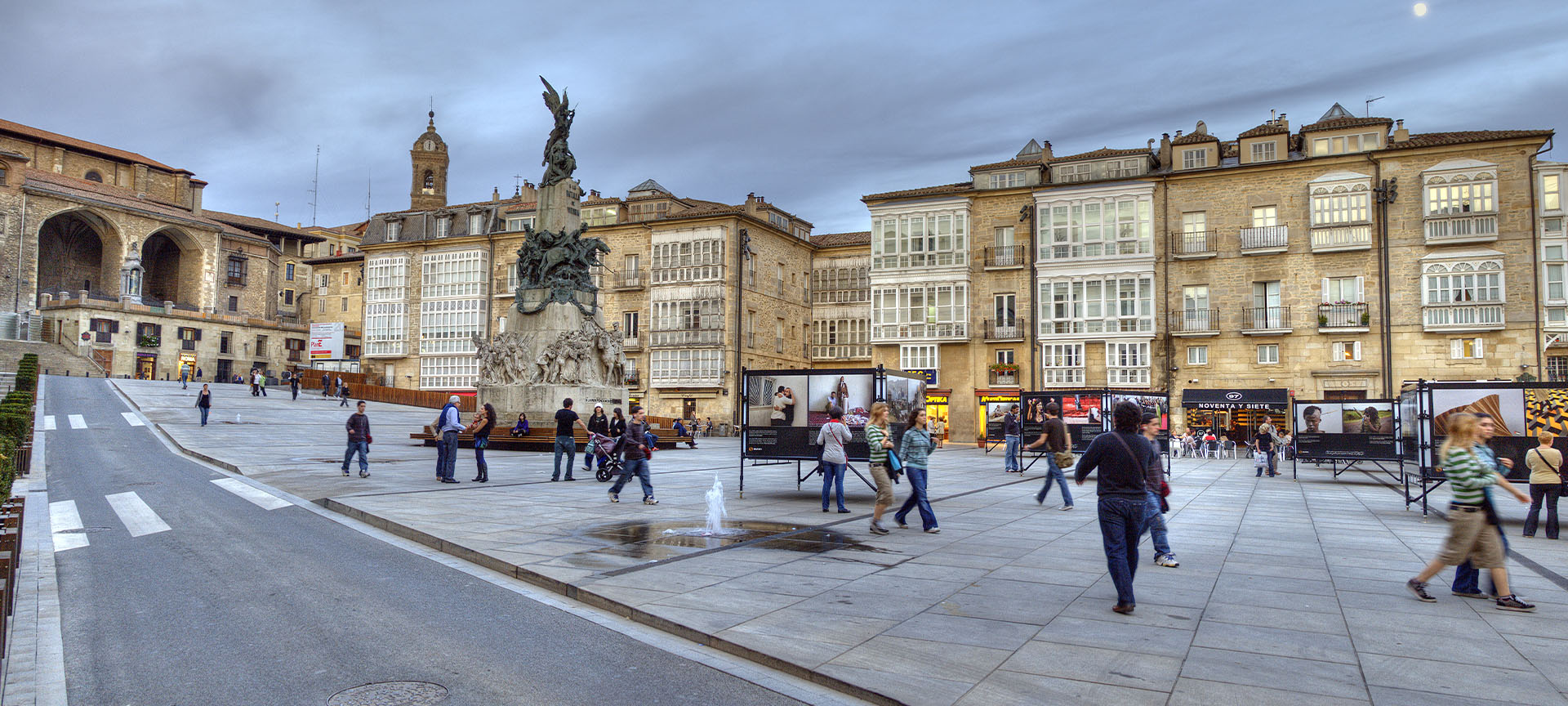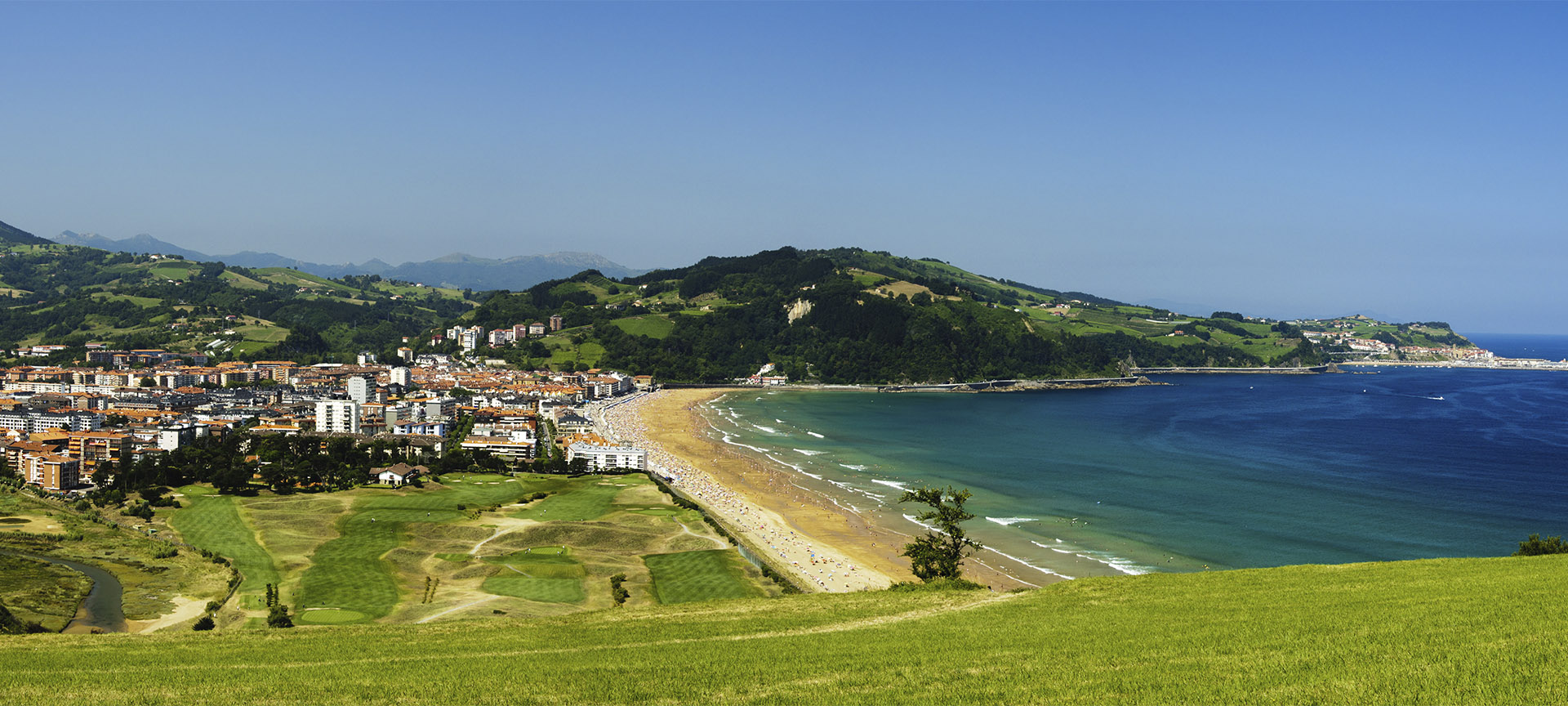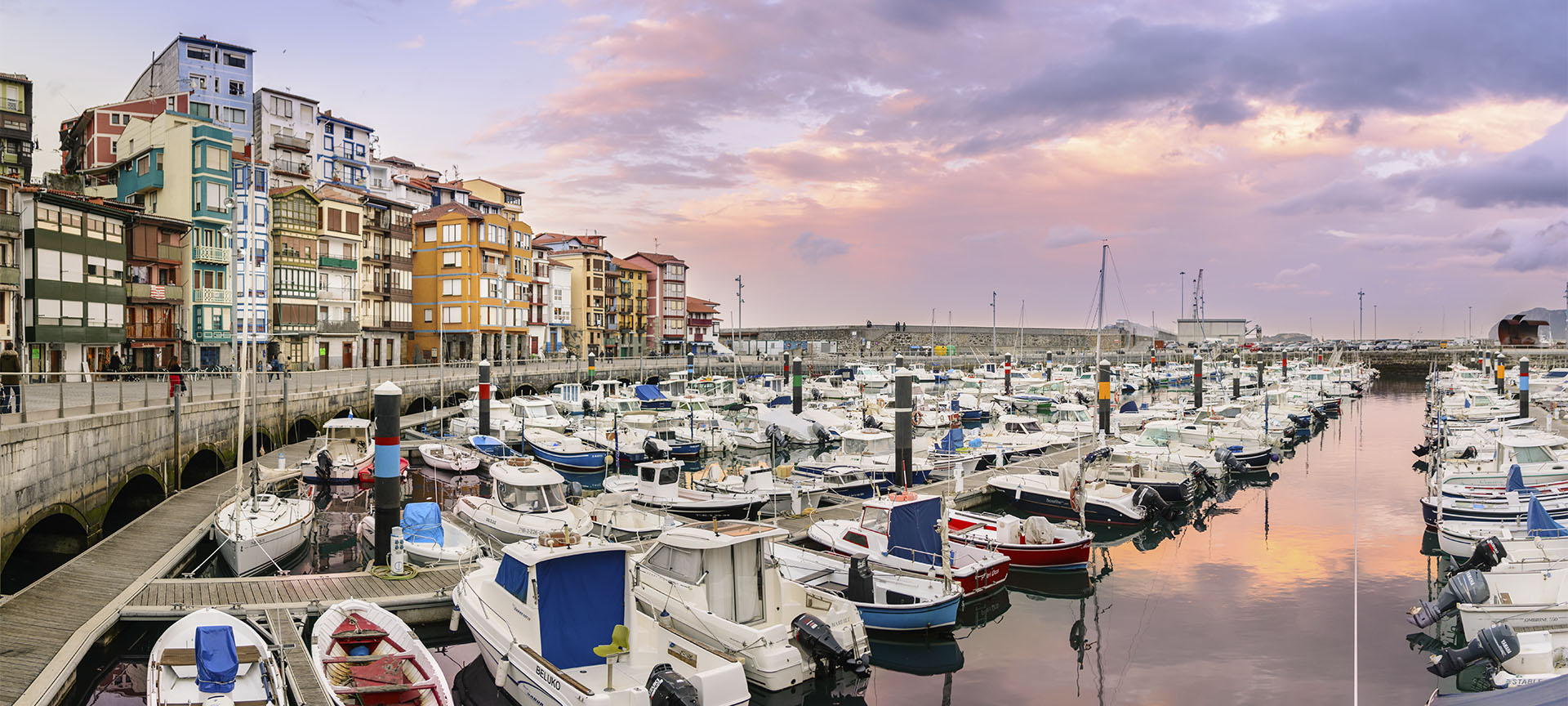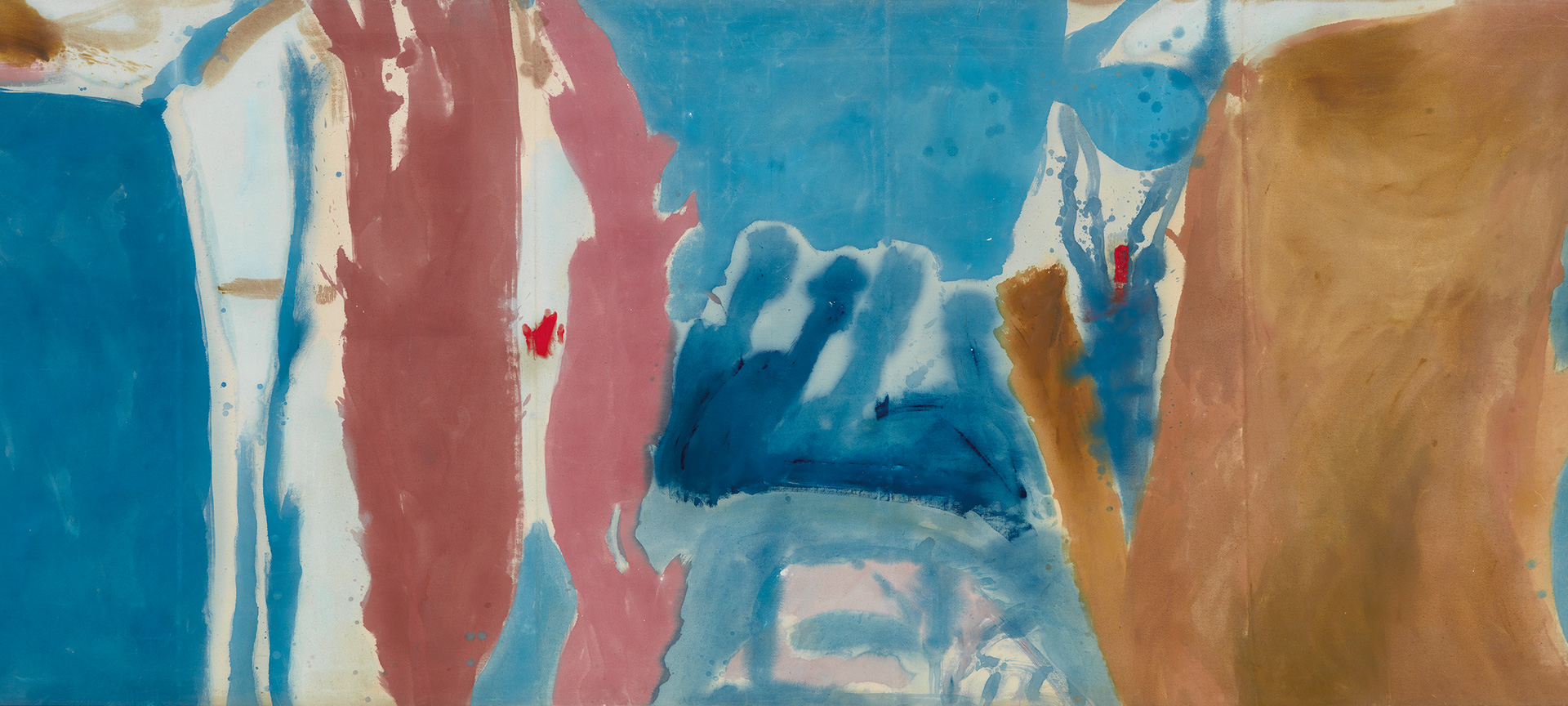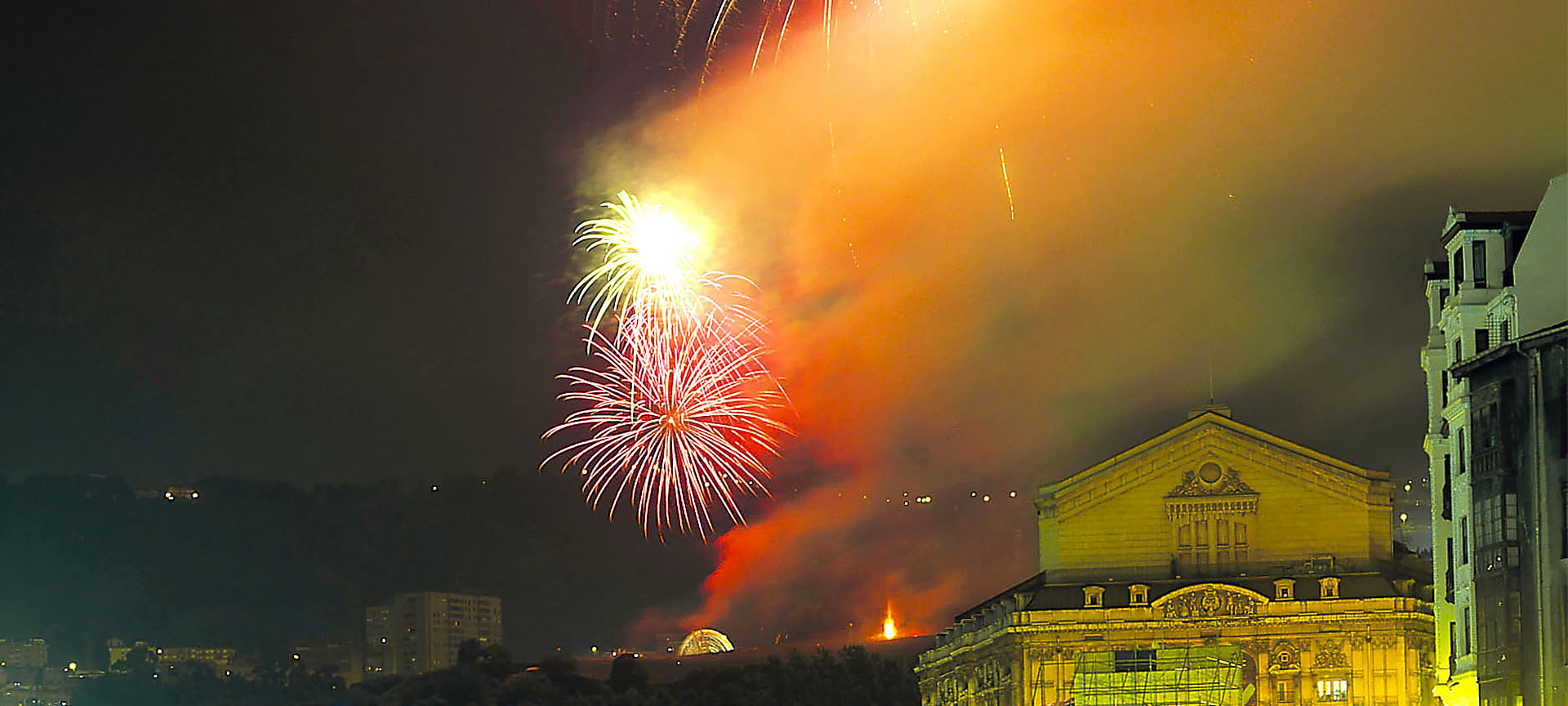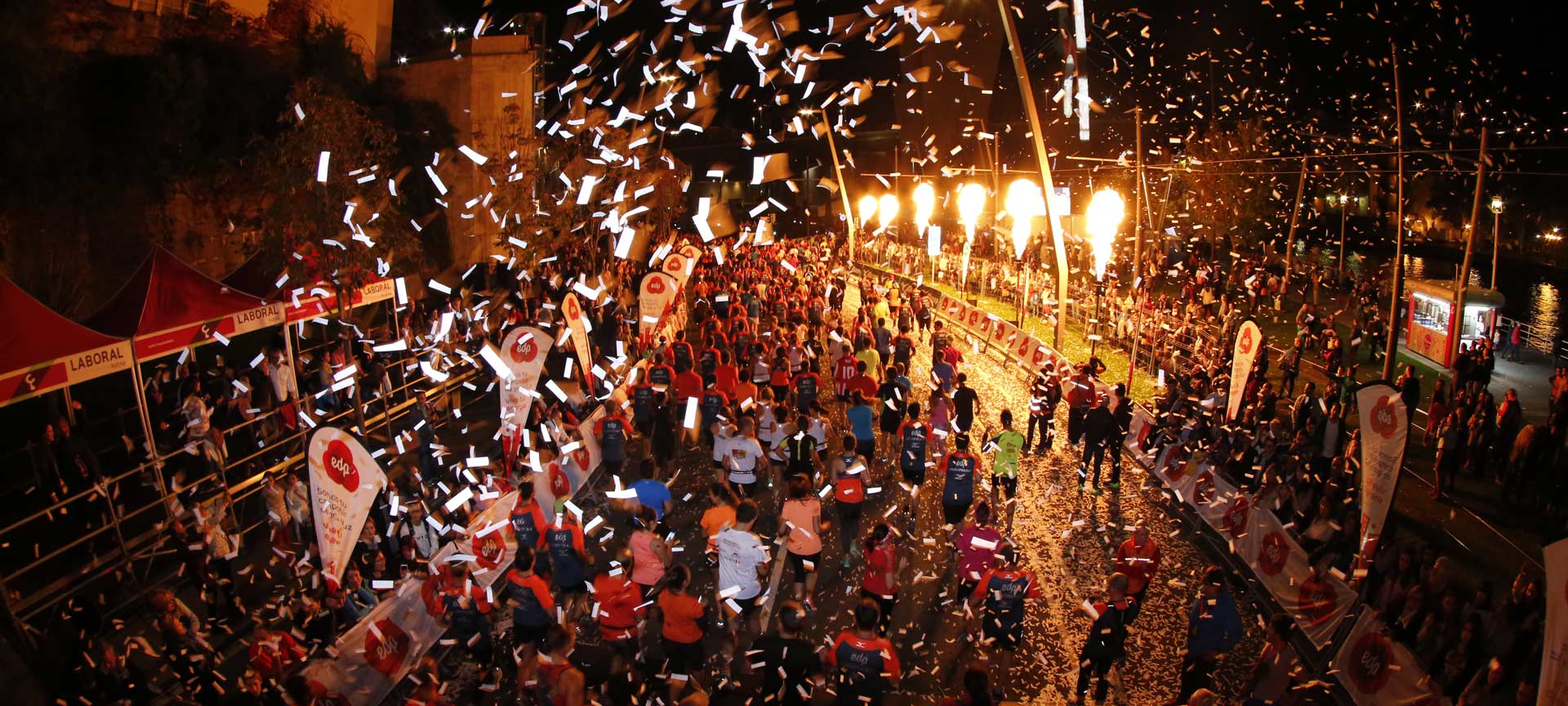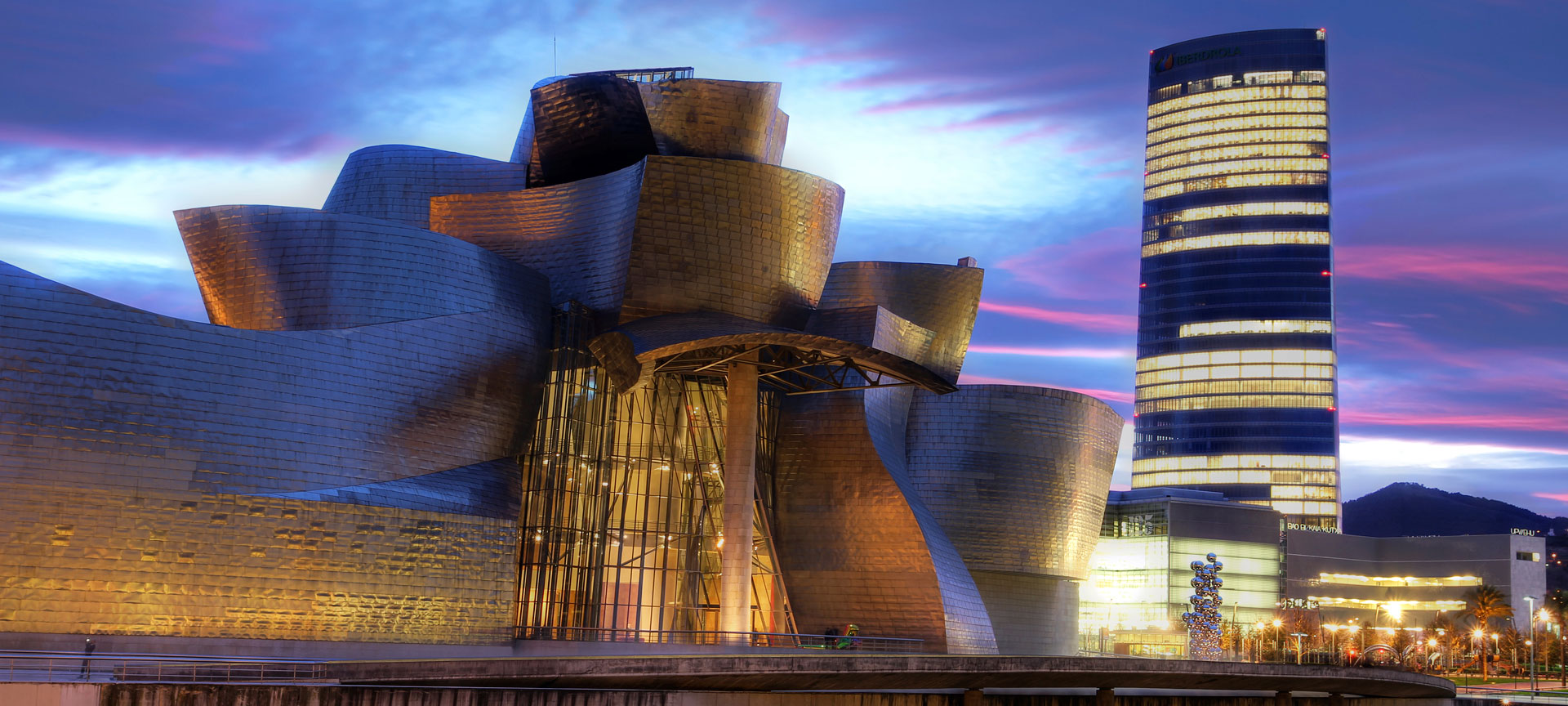
We could also refer to this Basque Country destination as “The City of the Guggenheim”, as when this original museum was built in 1997, Bilbao was changed forever. In fact, to this day it is making an impact due to its groundbreaking structures created by prestigious architects, and it serves as an international reference point for modernity.
Although, curiously, its unique character comes from combining avant-garde with the traditional feel of its old town, full of charming streets and bars offering pintxos, proof that they are passionate about gastronomy around here. All this has earned Bilbao a place of honour on the lists of Spain’s most interesting cities.
Debe activar Javascript para poder utilizar este servicio
What to visit
Select from the list or hover over the map to find out about points of interest.
Activa JS
Other ideas for your trip
How to get there - transport information
Select the means of transport to see how to get there or how to get around at your destination.
How to get to aeroplane
-
Bilbao Airport is about 12 kilometres from the city centre.
-
Bus A3247 connects with the Bilbao Intermodal bus terminal, with several stops in the city centre. It operates between 06:00 and 00:00 from the airport to the city and between 05:00 and 22:00 from Bilbao to the airport.
-
To get from the airport to the city centre by car, take the N-637. It’s a 15-minute drive.
-
The journey by taxi costs between 24 and 29 euros and takes about 15 minutes.
How to get to bus
-
Bilbao Intermodal bus and coach station, with routes to the rest of Spain and other countries, is in the city centre.
-
There are several public transport options from here: Metro (San Mamés stop), tram (Zunzunegi stop), Cercanías train (San Mamés stop), and up to 27 bus lines.
How to get to train
-
The city’s main railway station is Bilbao-Abando.
-
Renfe trains run to cities including Madrid, Barcelona, Logroño, Zaragoza, Valladolid, Salamanca, Málaga, A Coruña, Vigo, Burgos, León and Segovia. (Ticket booking)
-
The Cercanías and Euskotren local trains connect Bilbao to its metropolitan area, other parts of Bizkaia and nearby cities in the rest of the Basque Country.
-
In addition, Bilbao is on the route of tourist trains, like FEVE and the Transcantábrico.
How to get to boat
-
Ferries:
-
There is a regular ferry twice a week from Portsmouth (UK), run by Brittany Ferries.
-
The Port of Bilbao passenger terminal is in Santurzi, a 15-minute drive from central Bilbao.
-
By public transport you can take the A3321 next to the port and then connect with the C-1 Cercanías train line (Peñota stop), line 2 of Metro Bilbao (Santurzi or Peñota stops) or A3115 (Abaro 11 stop, in Portugalete). In all cases the journey takes about an hour and 20 minutes.
-
Cruise lines:
-
The the cruise terminal of the port of Bilbao is located in Getxo, 10 kilometres from the city centre, about 15 minutes by car or taxi.
-
The best options for public transport are Metro (Neguri or Gobela stops, Line 1); and bus 3411, stop Av. Zugartzarte 54. In both cases it takes around an hour and you have to walk approximately one kilometre to the terminal.
How to get there by road
-
The AP-8 motorway runs to Donostia-San Sebastián, from where you can travel to France.
-
The AP-68 motorway runs to Barcelona via Burgos, where there are motorways to Madrid or Portugal.
-
Check where you can park if you are driving to Bilbao.
-
Part of the city centre, the Abando district, has traffic and parking restrictions from Monday to Friday from 7:00 to 20:00 as it is Low Emission Zone. If you plan to visit Bilbao by car or motorbike, find out about the possible restrictions before your trip through your accommodation.
Practical information
-
Bilbao is a very walkable city, although it has plenty of public transport options.
-
There are two public transport cards:The Barik card is a “contactless” chip card-wallet for discounts on public transport. You can use it for Metro Bilbao, Bilbobus, Tranvía trams, Euskotren local trains, the Bizkaia Transporter Bridge, the Artxanda and Larreineta funicular railways, and more.The Bilbao card allows unlimited use of almost all public transport, and also includes guided tours and discounts on cultural and leisure activities. There three types: 24, 48 and 72 hours.
How to get around in metro/tram
-
Bilbao Metro:
-
The metro has 3 lines that run from 06:00 to 23:00, until 02:00 on Friday and the day before public holidays, and all night long on Saturday.
-
You can buy single tickets or the Barik travel card, which can be topped up for different types and offers routes at lower prices.
-
Bilbao trams:
-
Trams run approximately from 06:00 to 00:00, connecting Atxuri Station with La Casilla.
-
Here you can check the prices of the single ticket. You can also use the Barik card.
How to get around in bus
-
Bilbobus, the city bus network, operates from 06:00-07:00 until 22:00-23:00.
-
You can buy a single ticket or use the Barik travel card.
-
There are eight night buses, known as Gautxori, which operate between 11 p.m. and 2:30 a.m. on Fridays and throughout the night on Saturdays.
-
There are also coach stops in the city, with routes between Bilbao and nearby towns.
How to get around in other means of transport
-
Taxi tours. More information
-
Bilbao taxis are white with a horizontal red stripe on the door. A green light on the roof shows they are available.
-
Artxanda Funicular. More information
-
Along the estuary: canoe, paddle board, boat or big sup. More information
-
Municipal bicycle hire network. More information
-
Hire bicycles, go-karts, hoverboards, quad bikes and more. More information
Shows, festivals, sports...
View some of the most relevant events you will be able to enjoy at the destination.
